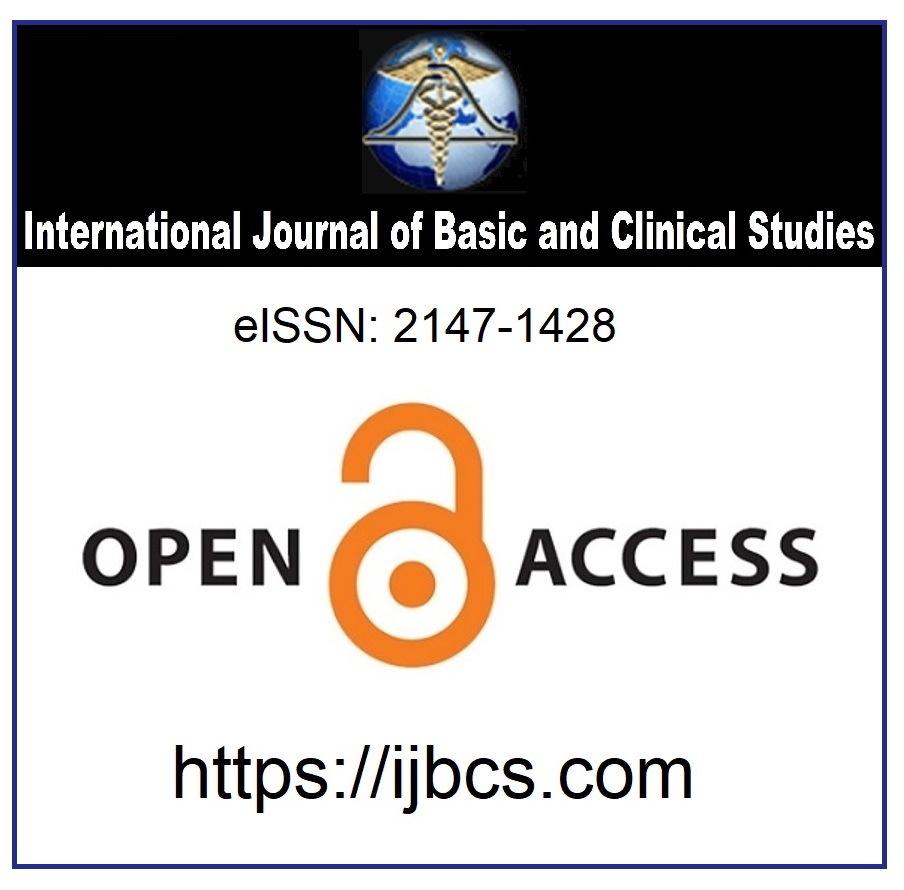Malnutrition through the World
Keywords:
Malnutrition, Anorexia, Cachexia, Sarcopenia, NutritionalAbstract
Malnutrition represents a huge burden on health costs around the world, especially in some areas of Asia and Africa. The prevalence of acute malnutrition over the last 10 years in hospitalized children in Germany, France, the UK and the USA varied between 6.1 and 14%, whereas in Turkey up to 32% of patients with malnutrition were reported. Malnutrition may consequently lead to decreased quality of life; delayed wound healing; fatigue and weakness; increased mortality, length of hospital stay, risk of infection and other complications, rate of GP visits, prescription rates, hospital admissions and need for nursing home admission or home healthcare; and lower rates of return to independent living.
Anorexia, defined as the loss of the desire to eat, is common in cancer patients. Cachexia is a complex metabolic syndrome. It is characterized by loss of muscle with or without loss of fat mass. Anorexia, inflammation, insulin resistance, and increased muscle protein breakdown are frequently associated. Cachexia is distinct from starvation, age-related loss of muscle mass, primary depression, malabsorption and hyperthyroidism and is associated with increased morbidity. However, Sarcopenia is a loss of muscle protein mass and loss of muscle function. It occurs with increasing age, being a major component in the development of frailty.
Professional teams of oncology physicians, nurses, and dietitians, along with patients and families, can diagnose specific needs and plan individualized treatment for improved nutritional health. Counseling, which any member of the health care team may provide, is an effective and inexpensive intervention and should be combined with other nutritional interventions. Effective communication with patients and their families is essential and is an important component of treatment.
Downloads
Published
How to Cite
Issue
Section
License
Copyright (c) 2013 By the Authors.

This work is licensed under a Creative Commons Attribution 4.0 International License.



